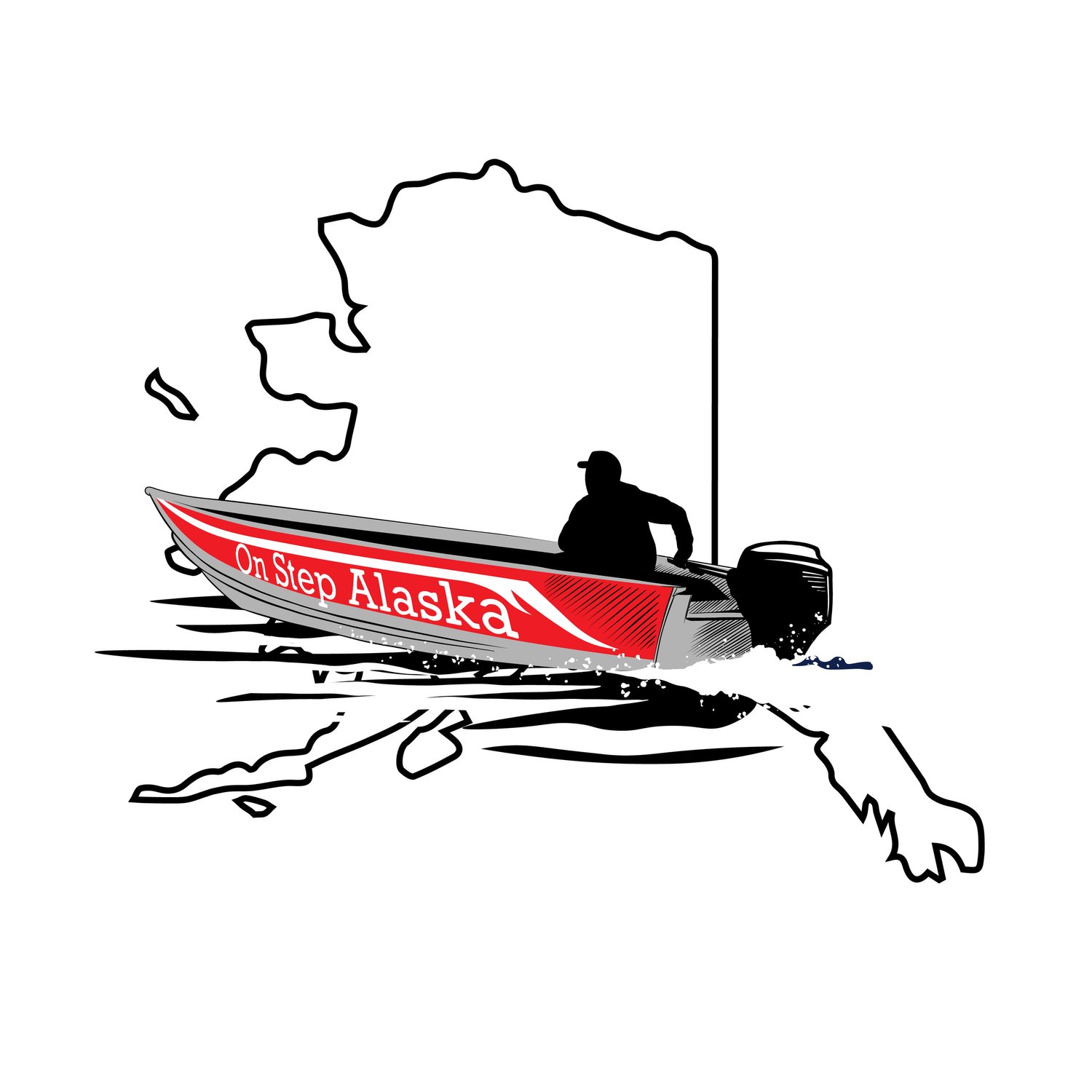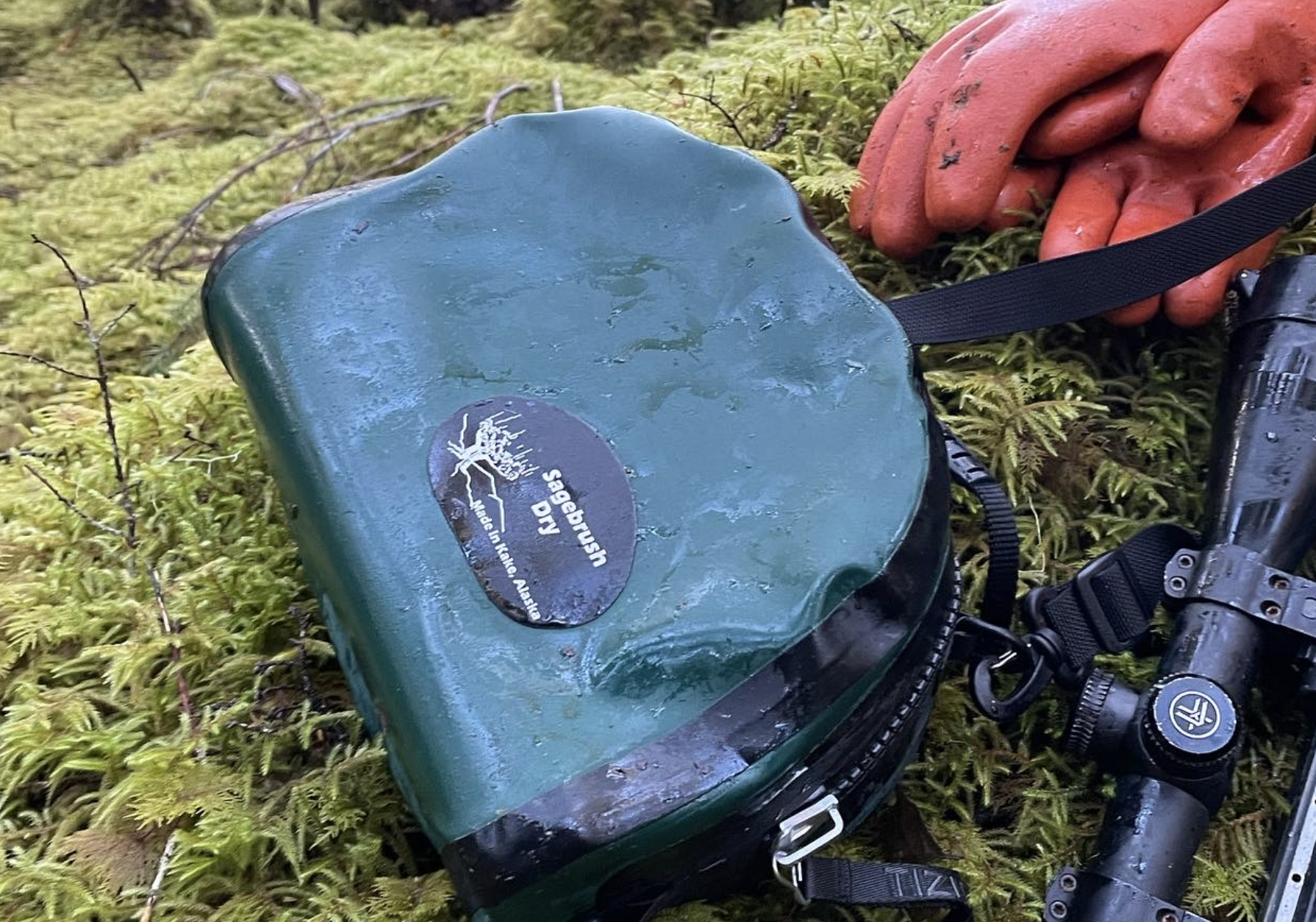Best of 2022
I had to be very calculating when buying things in 2022. Costs materials went up drastically as my wife and I were building our home (it’s nearly complete), so I couldn’t be frivolous.
I am not a Pro Staff Member, Ambassador or otherwise affiliated with any company. This means I don’t have the luxury of trying out all the latest iterations, nor are brands competing for my attention so I am not able to compare products. That puts me squarely in the same position as the vast majority of hunters who are looking to make a purchase every few years as things wear out. I don’t get any discounts on gear that aren’t available to everyone else. All that said, here we go.
Best purchases of 2022
I like both the Gerber and Havalon knives I have had, this purchase just came down to the variety of cuts possible with a fixed blade knife, as well as the impossibility of breakage and elimination of other disposable blade issues. There are plenty of good knife makers out there, but the thing that made me go with Argali is the owner Brad Brooks who is obsessive about making products. He’s not the guy pushing branded crap out into the market. Argali is small, nimble and doesn’t smell like the types of companies who think margin first. The knife costs what it costs because it costs what it costs. While many companies are trying to reach customers by showing how hip and proficient they are on social media, some companies are focused on building a reputation rather than going viral. I appreciate that about Argali and focusing on making a good product is probably why this knife is so light, sharp, durable and dependable.
Sagebursh Dry – Camera case
Rain makes for beautiful habitat but hell for photography. My camera often stayed in my pack because water resistant cases aren’t waterproof, and the thick brush of this area is punishing. This is why my camera stayed in my pack. Even during breaks in the rain, I didn’t trust it. I knew the second I pulled out the camera, the rain would return. So I needed a camera bag I could wear. Something that could sit just below my binocular case that could handle taking the lead as I broke through brush and keep my camera dry.
As soon as I saw Sagebrush made a camera bag, I was sold. I have been using one of their dry bags for the last decade for winter and spring steelhead fishing so I gladly paid full price knowing it will last as long as I need it. There is designing a product with afternoon thunderstorms in mind, and there is designing a product with 10 straight days of rain in mind which explains why Sagebrush Dry inflates and submerges their products to ensure true waterproof status before sold. The Large bag is 7.5”x 10” x 4.5” and fits my Sony a6 with 70-300m lens with a little room left.
Buying boots for Southeast Alaska is tricky. It is easy for a pair of boots to remain waterproof in a rain storm, or after quick steps through a creek. Hunters talk about putting hand warmers in boots to dry them out overnight but that’s for wetness created by condensation and sweat. That’s not the type of wet we have in Southeast Alaska. Hunting in muskegs is like walking on a wet sponge for five to eight hours and at some point you will step in a spot past the tops of your boots or even gaiters. You’re kicking wet plants as you walk forward and each step sinks you to the laces. It seemed like as soon as a pair was soaked through once, the stitching, seams or waterproof material just gave up. I used to buy boots knowing that by the end of the season, they would leak.
This is my first pair of Crispi boots. They performed very well on scouting trips to the alpine and on trails in late spring and summer. I was roughly 30 miles into them went I took them for a caribou hunt on the North Slope. It had rained the week before so the tundra was a network of standing water impossible to navigate without getting wet. We hiked to the edge of the five-mile boundary with our rifle and bows, couldn’t find a dry enough place to put together a good camp, so we hiked all the way back to the truck. No boot could have withstood that level of wet. For a 100-yard section, we were wading through water that was higher than our gaiters. We spent the next two hours driving and idling, pumping as much hot air as we could into our boots. The next day they were damp, but with new socks, and a day in terrain that drained, the boots continued to dry. In 24 hours they were nearly dry. They key though, was that they didn’t leak again. They resumed handling basic, run-of-the-mill encounters with wet tundra without leaking.
Once back in Southeast Alaska, I soaked them through half a dozen times during the blacktail rut in October and November. But once dry, they resume being waterproof in applications in which I feel they should hold up, unlike other boots that break down during the wet/dry cycles of hunting in Southeast Alaska. I don’t expect the best, most expensive, oiled and greased boots to keep me dry 100% of the time while hunting muskegs. You just can’t walk through lace-high water for hours and expect your socks to stay dry. Only rubber boots can do that. But there were days when it hadn’t rained, I was careful with my steps, and my socks were dry and my feet warm.
Any boot can survive a trip to Alaska. A boot that can survive living in Southeast Alaska is a good boot.



